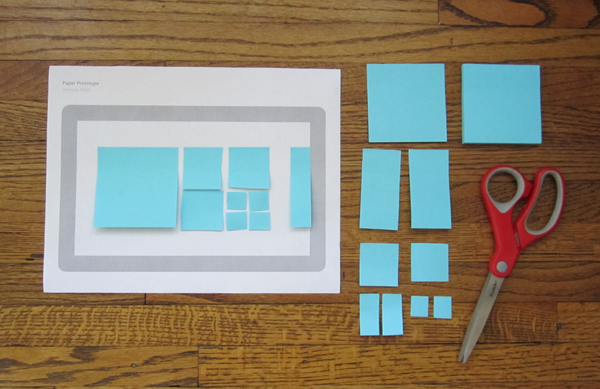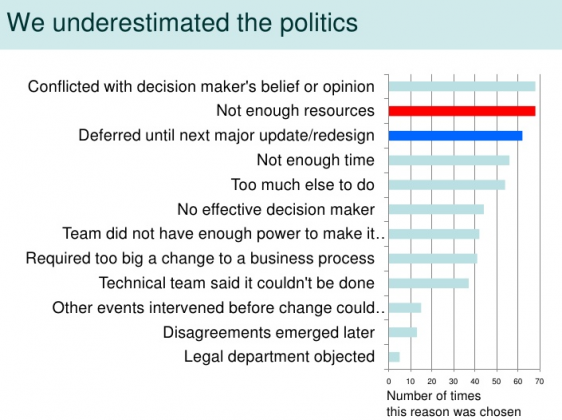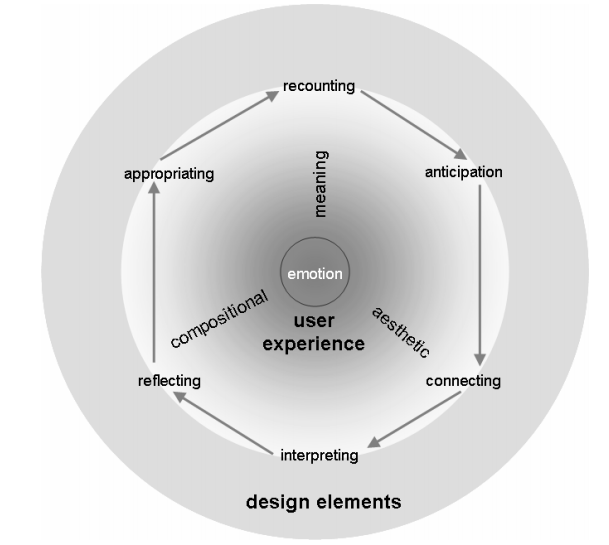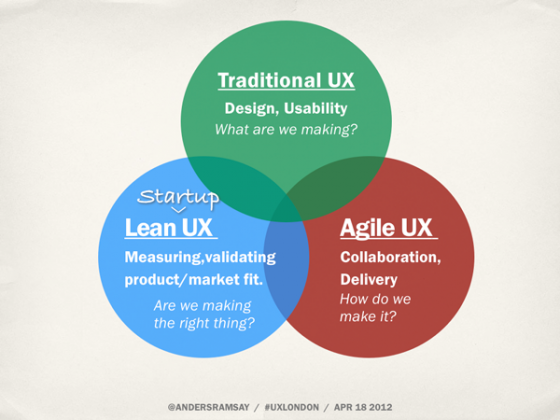Agencja K2, na swoim Facebookowym profilu podała oszacowane (zafakturowane? ;) statystyki pracy nad serwisem PKO BP, który właśnie pojawił się w swojej nowej odsłonie. Nawet jeśli podane wartości nie są w 100% pewne, to pokazują przybliżony czas, niezbędny na przebudowywanie dużego serwisu. Dane ciekawe i wartościowe jako punkt odniesienia, przy szacowaniu czasochłonności podobnych projektów. Stworzenie serwisu PKO BP zajęło:
- 1 100 h pracy działów Strategii, Design i UX
- 1 500 h poświęconych na analizę
- 11 000 h pracy działu IT
- 700 h poświęconych testom quality
- 700 h pracy content edytorów
- 2 800 h pracy działu Client Service
Źródło: Profil K2 Internet na Facebooku (via Webaudit na Facebooku)









Recent Comments